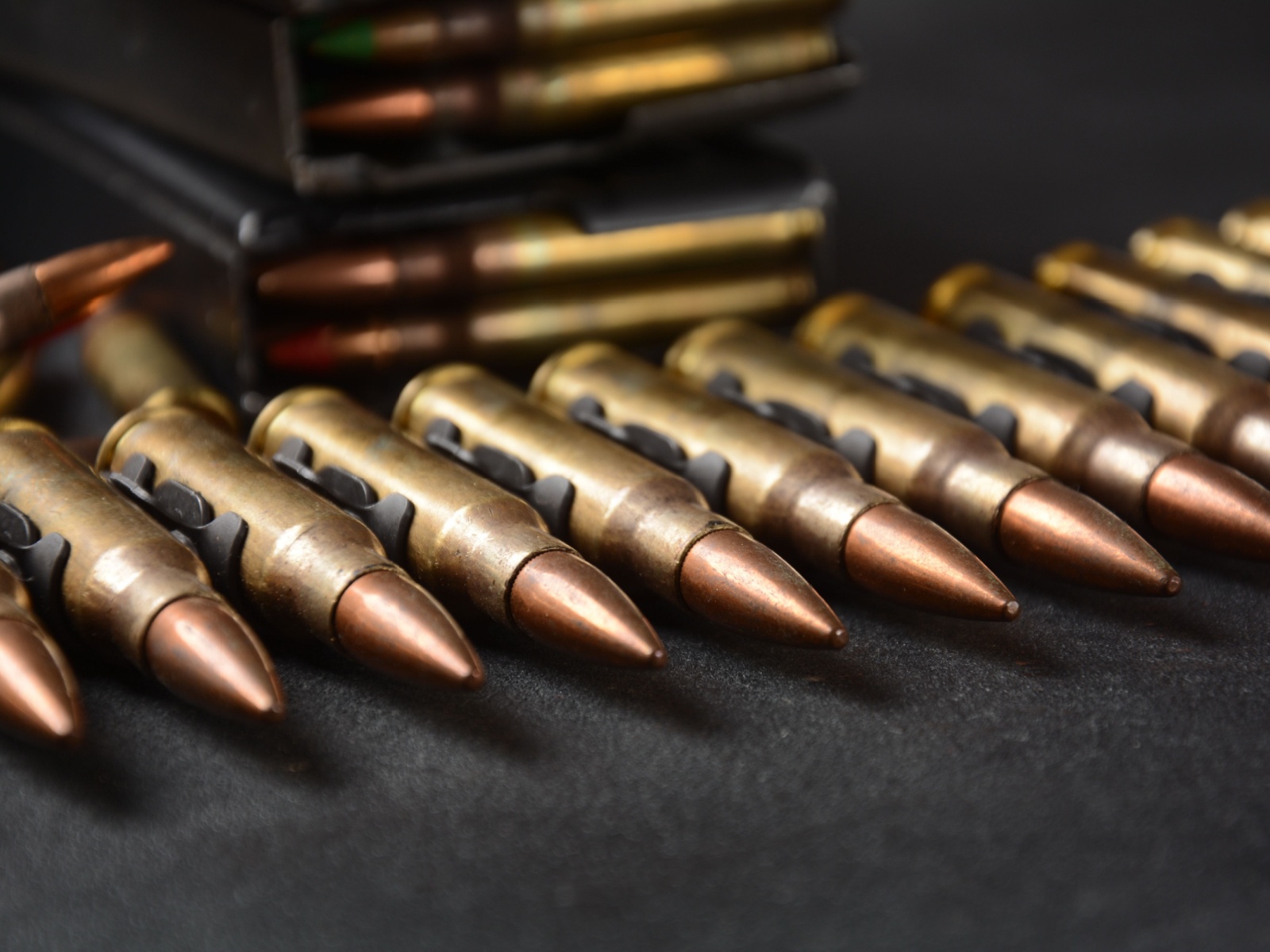ASTM E3055 Residue Analysis of Fired Cartridge Cases
The analysis of residues from fired cartridge cases is critical in forensic science and military applications. ASTM E3055 provides a standardized method for residue analysis, which helps in identifying the source of the cartridge, determining the type of ammunition used, and assessing the effectiveness of weapon systems. This process involves collecting, preparing, and analyzing the residues left behind after firing.
The primary goal of this service is to provide accurate and reliable data that can be used for various purposes such as forensic investigations, quality control in ammunition manufacturing, and development of new weapons systems. The analysis helps in understanding the composition of residues, which includes propellant, primer, and potentially other materials that may have been present during firing.
The process begins with the collection of cartridge cases from various sources, including crime scenes or test firings. Once collected, these cases undergo a series of rigorous tests to extract and identify the residues. The testing equipment typically includes advanced spectrometry tools capable of identifying even trace elements in the residue.
One of the key challenges in this analysis is ensuring that the samples are not contaminated post-firing. This requires careful handling and preparation techniques to preserve the integrity of the sample. Once prepared, the residues are subjected to various analytical methods such as X-ray fluorescence (XRF) spectroscopy or inductively coupled plasma mass spectrometry (ICP-MS).
The results from these analyses provide detailed information about the composition of the residue, which can then be cross-referenced with known data sets to identify the specific type and brand of ammunition used. This information is crucial for forensic investigations where the source of a cartridge needs to be determined.
In addition to forensic applications, this service also supports quality control in the manufacturing process of ammunition. By ensuring that the residues from each batch are consistent with expected standards, manufacturers can identify any issues in their production processes and make necessary adjustments. This not only enhances product reliability but also ensures compliance with international safety regulations.
The use of ASTM E3055 provides a standardized approach to residue analysis, which is widely accepted across different sectors. This standardization ensures that the results from various laboratories are comparable, thereby enhancing the credibility and reliability of the findings. It also facilitates better communication between stakeholders involved in ammunition production, testing, and disposal.
For R&D engineers, this service offers valuable insights into the performance characteristics of new ammunition designs. By analyzing residues from prototype cartridges, they can refine their designs to improve accuracy, reduce wear on weapon systems, and enhance overall efficiency.
Applied Standards
| Standard | Description |
|---|---|
| ASTM E3055-18 | This standard provides the procedure for residue analysis of fired cartridge cases using instrumental methods such as XRF and ICP-MS. |
| EN 14676:2019 | An alternative European norm that covers similar procedures but may be used in specific contexts where European standards are preferred. |
| ISO/TS 18535-1 to -2 | This international technical specification provides guidance on the sampling and preparation of ammunition for analysis, which is a crucial step before conducting residue analyses. |
The application of these standards ensures that the testing process adheres to recognized protocols, thereby enhancing the accuracy and reliability of the results. Compliance with such standards is essential in ensuring consistent quality across different laboratories and jurisdictions.
International Acceptance and Recognition
The ASTM E3055 standard has gained widespread acceptance globally due to its robustness and consistency. Many countries have adopted this method as part of their forensic science protocols, ensuring that the results are accepted across borders. This international recognition is particularly important for cross-border investigations where evidence from multiple jurisdictions needs to be compared.
The use of standardized methods like ASTM E3055 also enhances interoperability between different systems and processes within the military sector. By adhering to these standards, militaries can ensure that their ammunition testing results are consistent with international benchmarks, facilitating better integration and collaboration in joint operations.
Furthermore, compliance with such standards is essential for regulatory bodies tasked with overseeing the production and use of weapons systems. The acceptance of ASTM E3055 ensures that all parties involved in ammunition development and testing adhere to high-quality standards, thereby enhancing overall safety and effectiveness.
Competitive Advantage and Market Impact
The ability to accurately analyze residues from fired cartridge cases provides a significant competitive edge for companies operating within the military sector. By offering reliable residue analysis services that meet or exceed international standards, these companies can differentiate themselves in a crowded market.
In terms of market impact, accurate residue analysis plays a crucial role in maintaining high standards of quality and safety in ammunition manufacturing. This ensures that products meet both internal and external regulatory requirements, thereby protecting the reputation of the company and enhancing customer trust.
For R&D engineers, access to detailed residue analysis data can lead to innovations in ammunition design and production processes. By identifying areas for improvement through this analysis, companies can stay ahead of competitors by developing more efficient and effective products.
The widespread use of ASTM E3055 also contributes to a safer marketplace where consumers have greater confidence in the quality and safety of weapons systems. This positive reputation can translate into increased market share and long-term business success.





